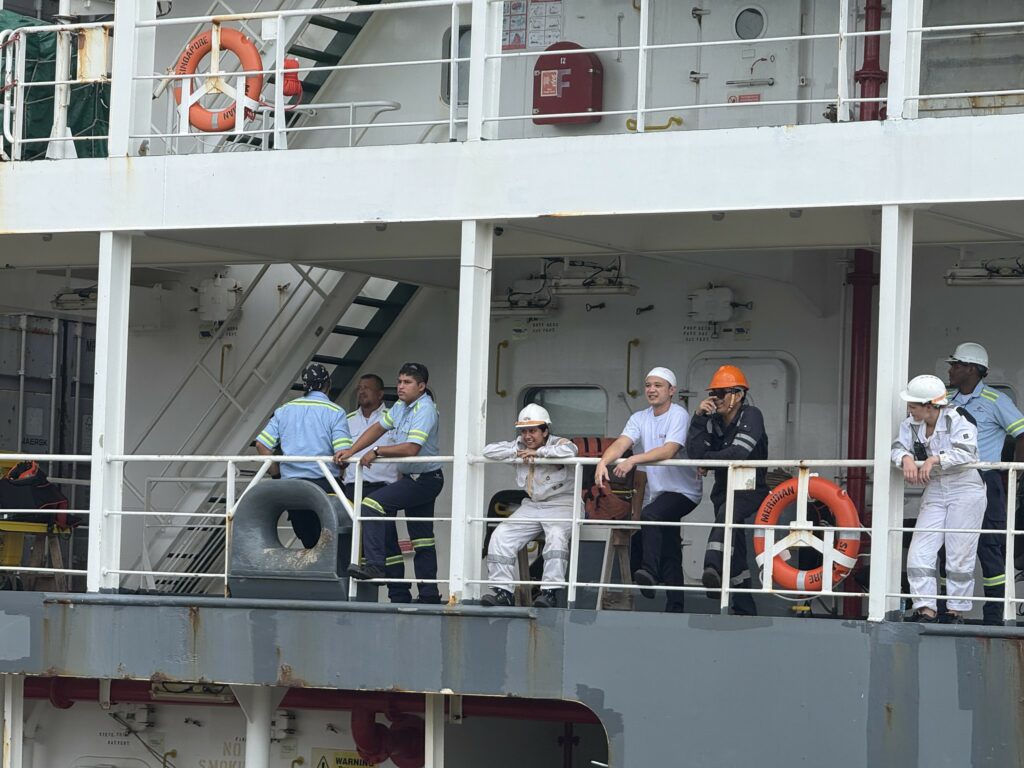Meeting Seafarers’ Welfare Colleagues in Panama

by Jason Zuidema, NAMMA/ICMA
My recent vacation to Panama took on an extra but deeply rewarding dimension when I set aside time to meet with local seafarers’ welfare groups. Panama is, of course, one of the most significant maritime countries in the world, and spending time here without reflecting on its maritime importance would feel incomplete.
As the plane descends into Panama City, one can already see the silhouettes of dozens of ships waiting at anchorage, a visual reminder that this is one of the busiest crossroads of world trade. Ships transit daily through the canal, but what is often less well known is that there are also major ports on both ends of the isthmus, as well as vibrant fishing communities. The scope, complexity, and importance of Panama’s maritime sector cannot be overstated. Every tug captain, canal pilot, port worker, and seafarer contributes to keeping this great system in motion, and visiting here brings those realities into sharper focus.
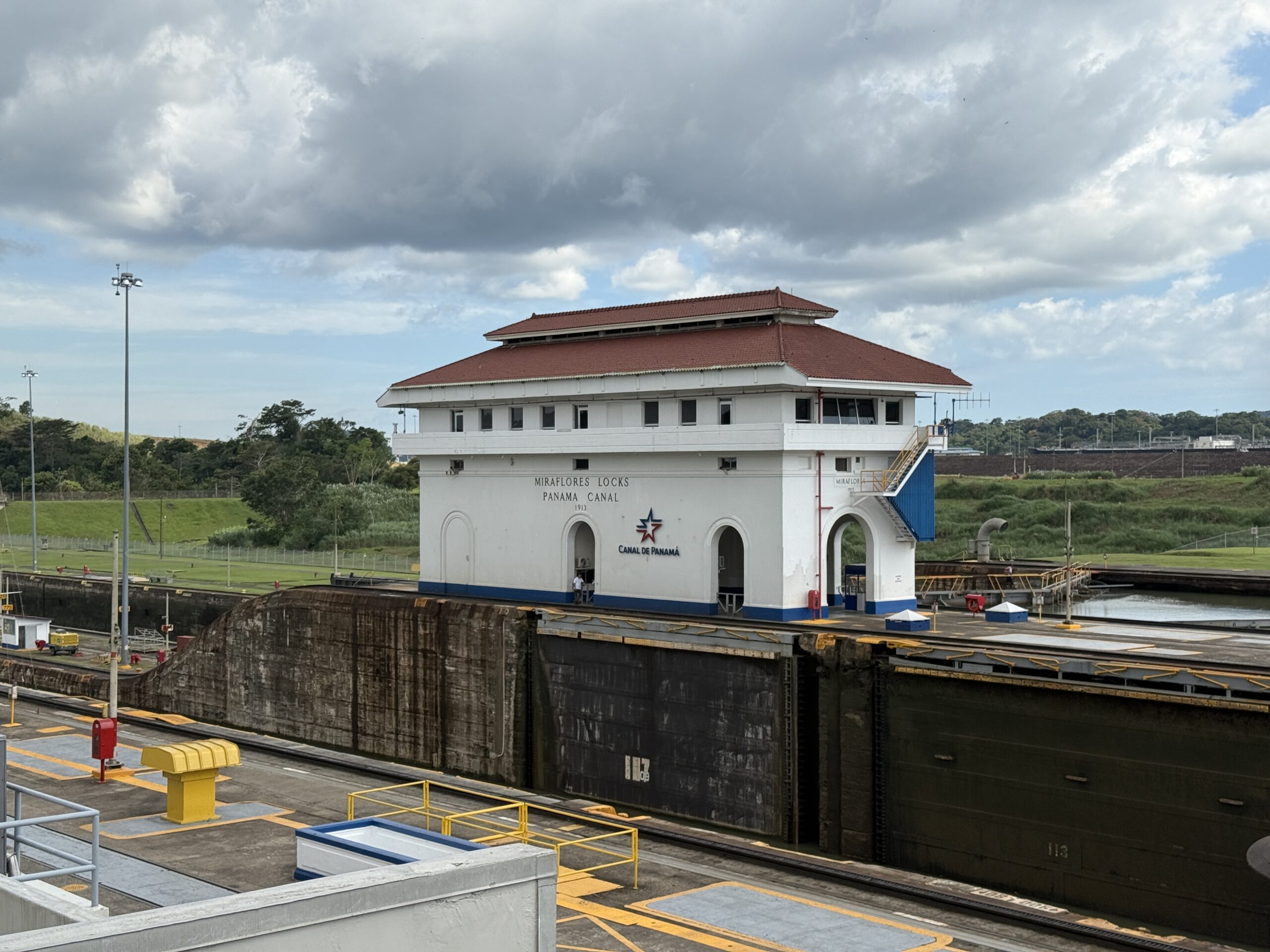
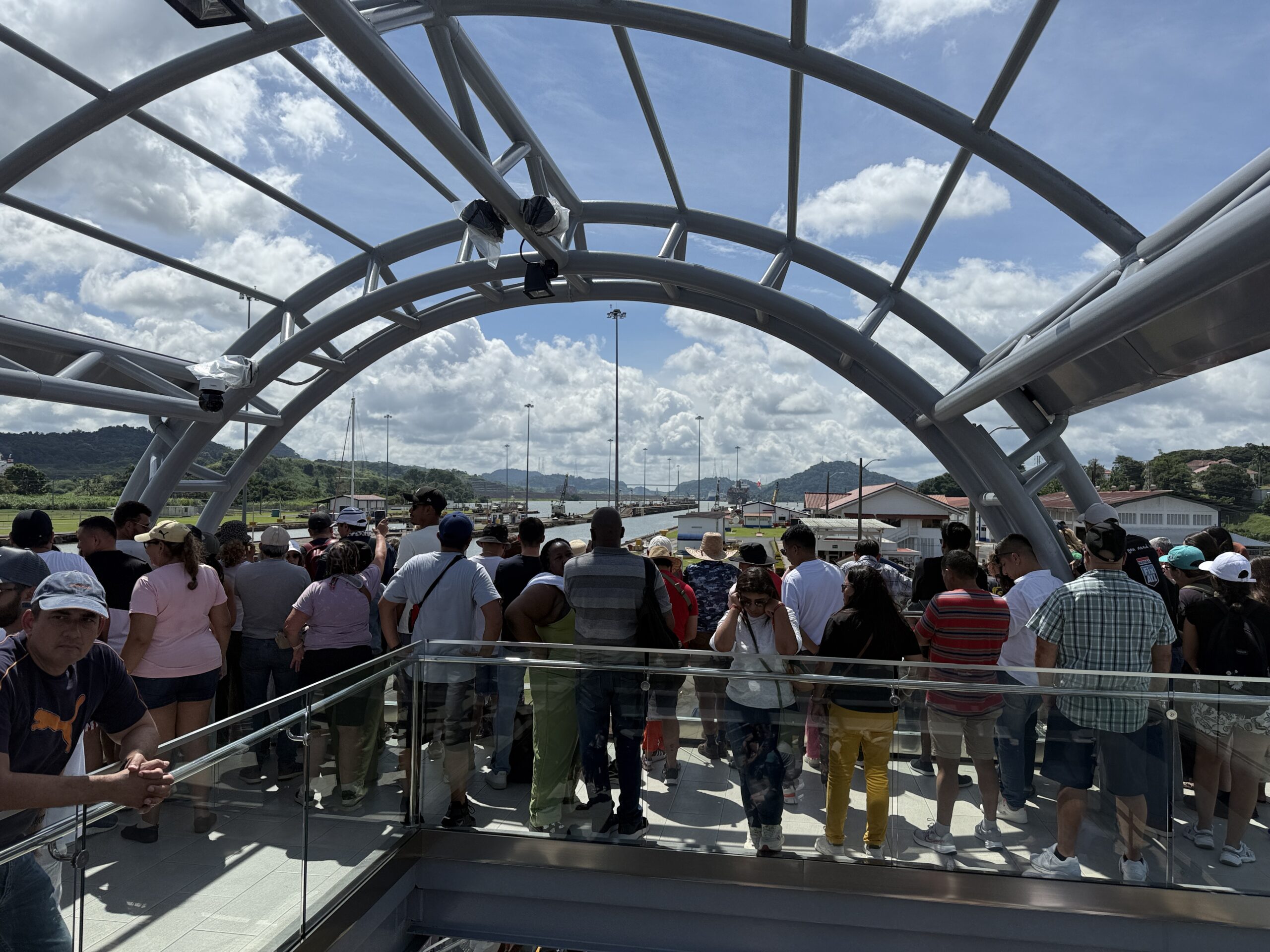
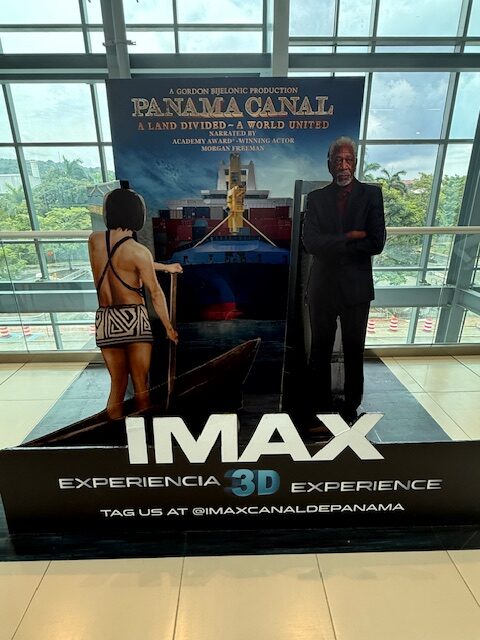
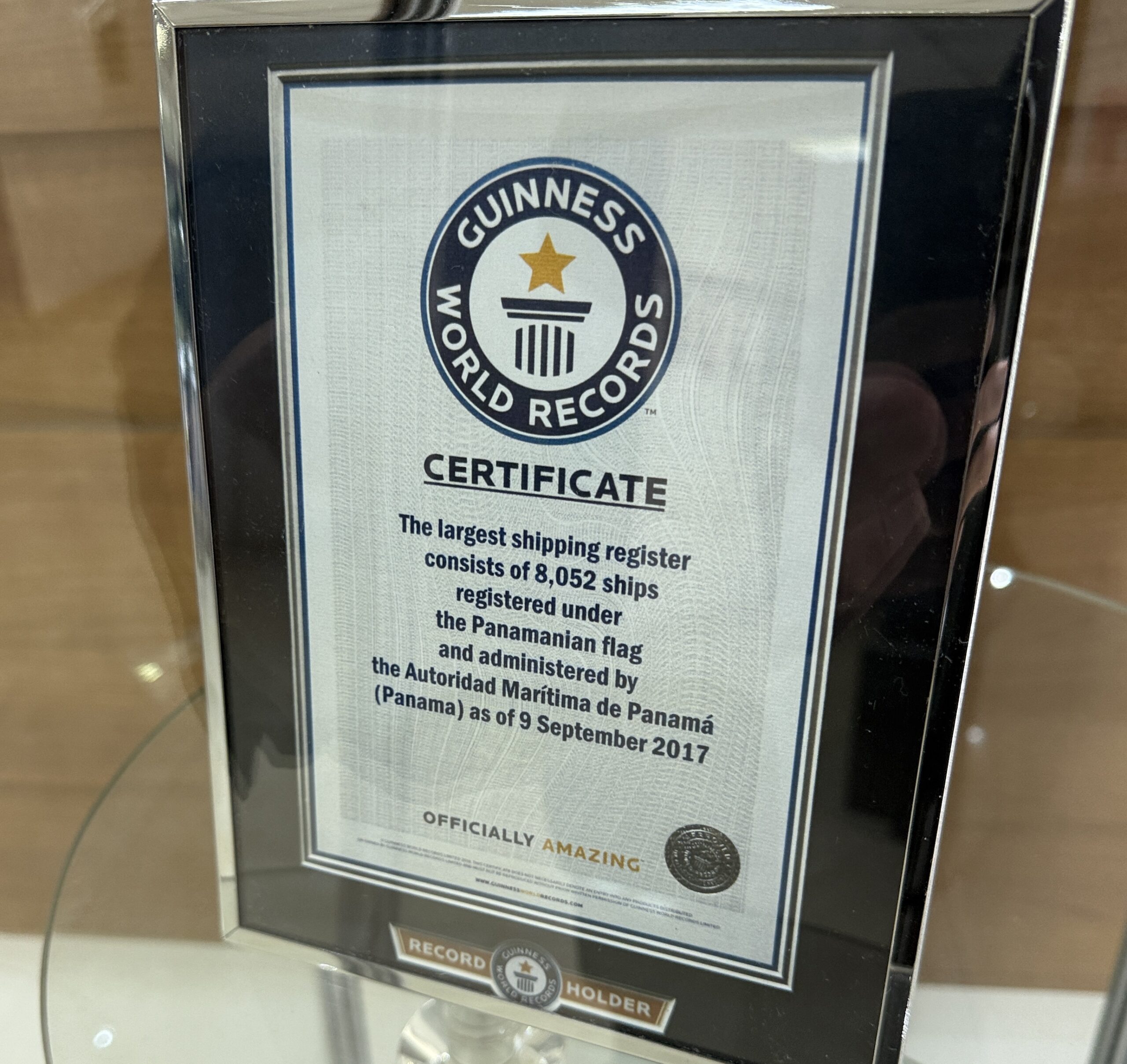
The history of the Panama Canal is as remarkable as it is sobering. Begun by the French in the nineteenth century under Ferdinand de Lesseps, the same engineer behind the Suez Canal, the project faltered in the face of tropical disease, daunting terrain, and financial scandal. When the Americans took over in the early twentieth century, they brought immense resources and new approaches to engineering and public health. The canal was finally completed in 1914, but not without memory of the tremendous loss of life among workers. It stands as one of the most extraordinary feats of engineering in the modern era, cutting across continents and revolutionizing global trade. For most of the twentieth century, the canal zone remained under U.S. control until President Jimmy Carter’s treaty paved the way for its return. On December 31, 1999, Panama officially assumed full authority over the canal, and since then the Panama Canal Authority has administered it with both pride and efficiency. Alongside this, the Panamanian Maritime Authority oversees a wide range of maritime activities, including the world’s largest ship registry. The Panamanian flag flies on vessels across every ocean, and during my visit to their offices, it was a treat to see their 2017 Guinness World Records certificate affirming this distinction.
One of my first stops was the Panama Canal Visitor Center at the Miraflores Locks, where I was hospitably accompanied by ship visitor Andrea Meenken of the German Seamen’s Mission. This visitor center is one of Panama’s most popular tourist attractions, though it is far from a theme park experience. Instead, people come to marvel at the ships and, perhaps for the first time, encounter seafarers at work. Inside the center, visitors are guided by an IMAX film narrated by actor Morgan Freeman, which powerfully recounts the history of the canal, its impact on the world economy, and its delicate relationship with the surrounding environment.
The film, shown in 3D, was captivating not only for the maritime enthusiasts but also for the many tourists who may never have thought about global shipping before. Afterward, visitors spill out onto a two-tiered grandstand overlooking the locks, where they watch as ships are lifted or lowered through the chambers. Standing there, I was struck by how close the public comes to seafarers—just a few meters away—seeing them on deck, working alongside tug crews and canal workers. This rare proximity to seafarers in their workplace breaks down the barriers of “sea blindness” and offers an authentic window into their world. It was a joy to film the process and to share in the excitement of the crowd as a massive ship slowly descended before our eyes, guided safely by the extraordinary skill of canal pilots and tug operators.

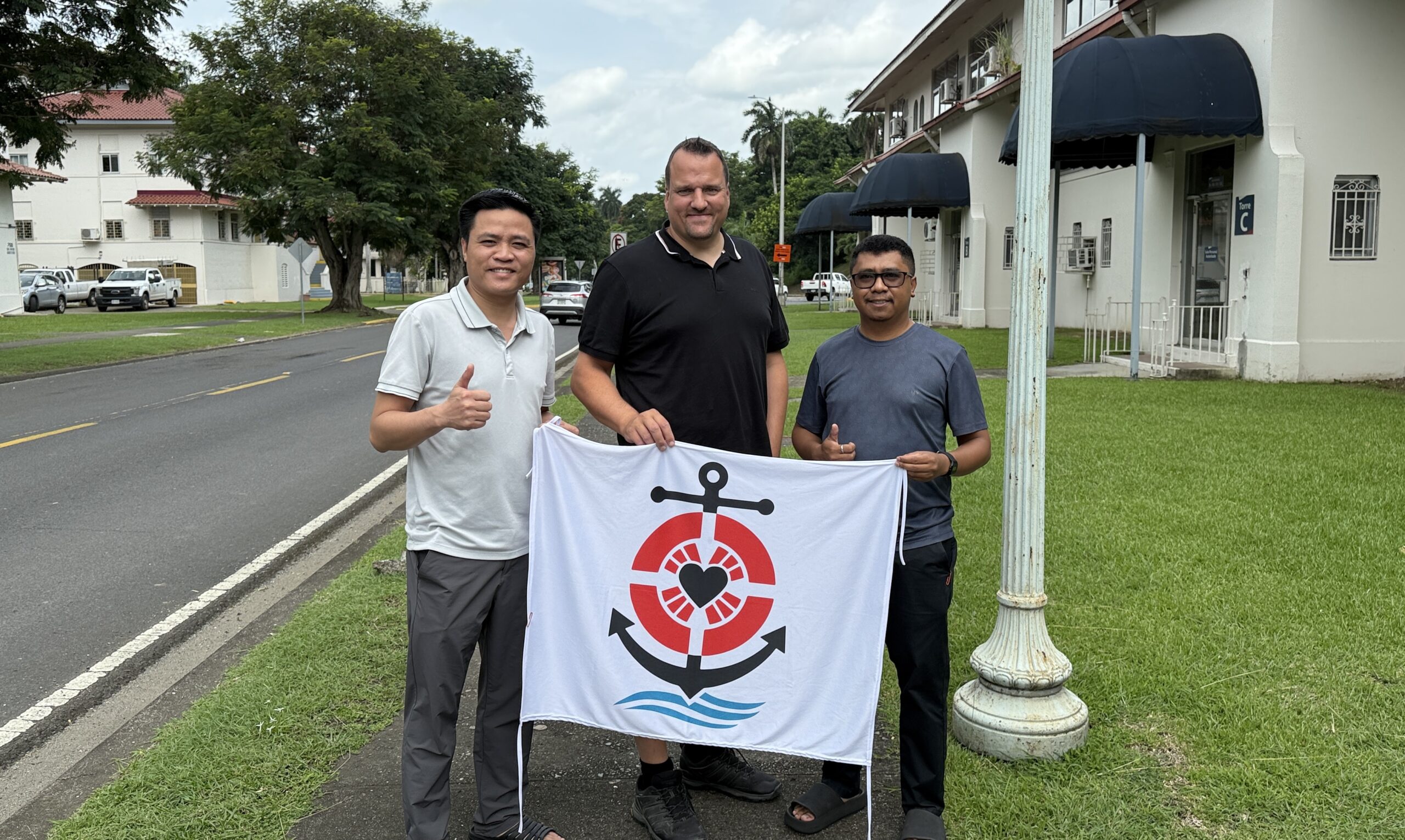
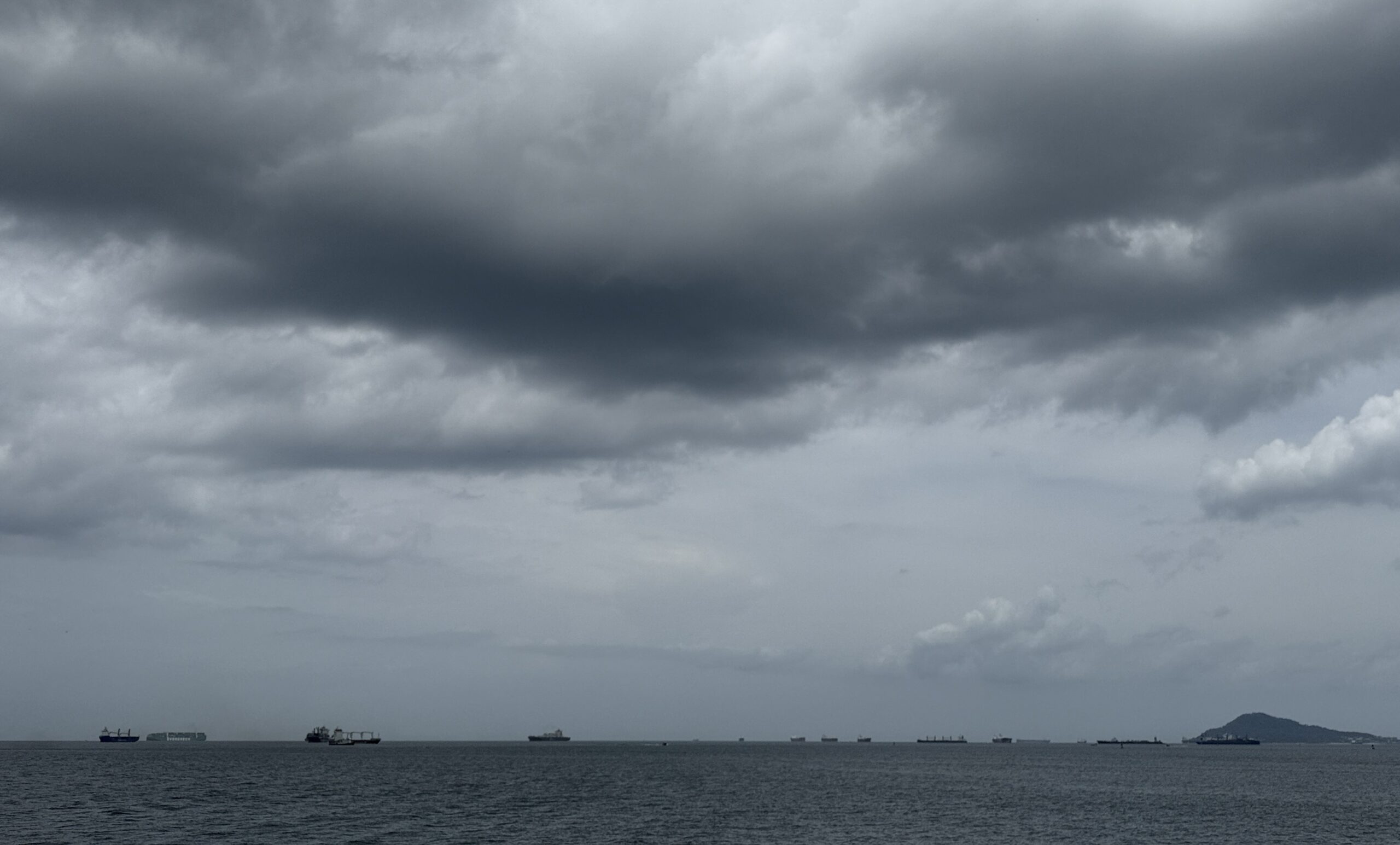
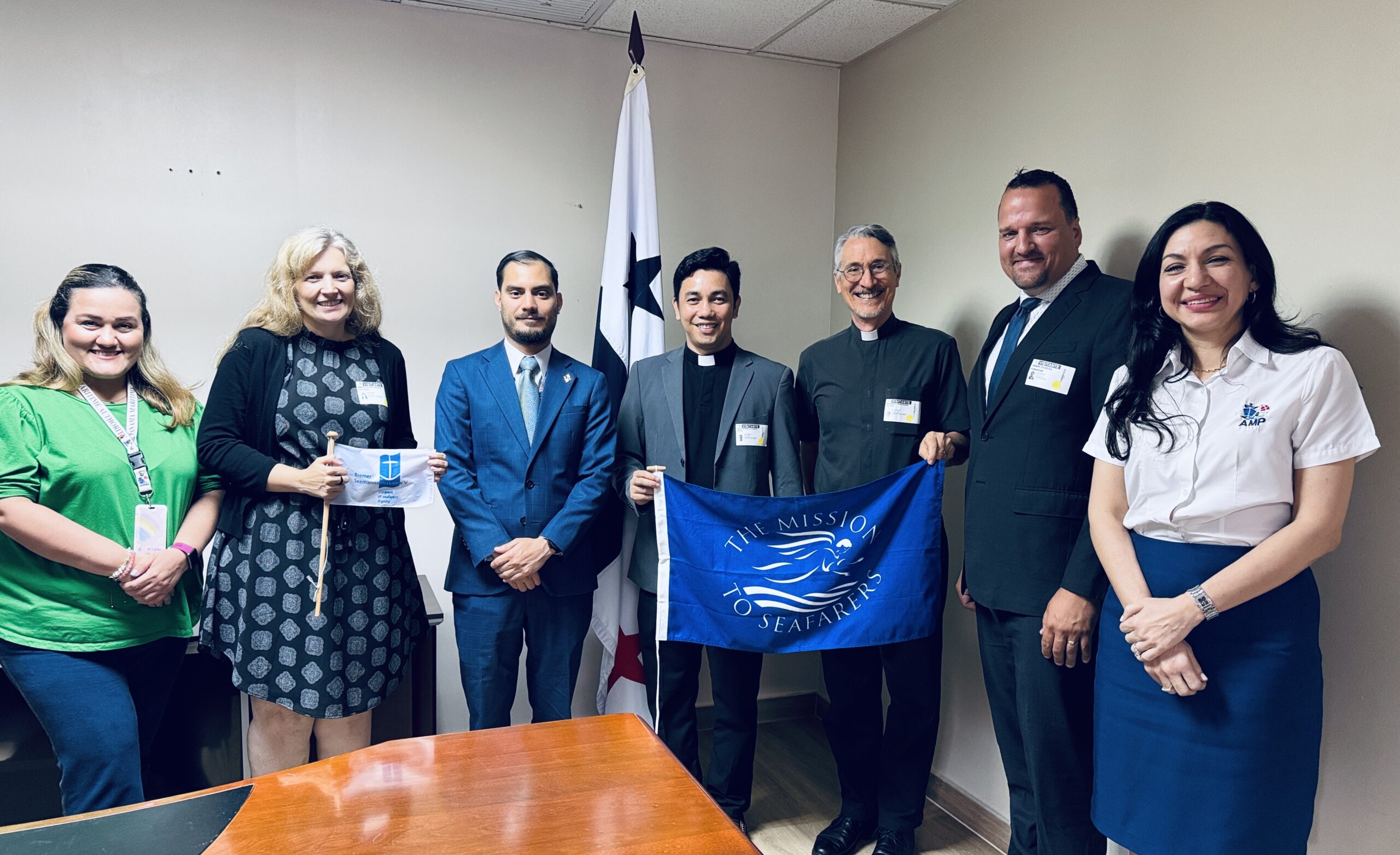
A following day, I visited the offices of the Panamanian Maritime Authority, accompanied by Fr. Ian Hutchinson Cervantes of the Mission to Seafarers Panama, Andrea Meenken of the German Seamen’s Mission, and their shared colleague Fr. Jesús Sta. Iglesia, who represents a pioneering collaboration between the Mission to Seafarers and the German Seamen’s Mission. The three form the Seafarers’ Mission Panama, an ecumenical venture created to help coordinate seafarers’ ministry in the country.
Our meeting with Mr Felipe Arias, Director General for Seafarers, focused on a very important initiative: encouraging the creation of a national seafarers’ welfare board for Panama. Such boards already exist in a number of countries, bringing together government representatives, shipowners, unions, and welfare organizations to coordinate efforts for seafarers’ well-being. My own country of Canada established a Seafarers’ Welfare Board in 2020, and it was encouraging to see Panama’s desire to move in the same direction. Having ratified the Maritime Labour Convention, Panama is well-positioned to formalize such a body. A national welfare board would provide an essential forum for addressing practical challenges like ship access and port entry while ensuring seafarers’ voices are heard and their needs met.
Beyond these official meetings, it was deeply meaningful to spend time with the people who serve seafarers day by day. Father Ian, Andrea, and Father Jesús are a dedicated team, visiting ships, offering pastoral care, and meeting seafarers’ practical needs in Panama’s bustling ports. I also met with Fr. Oskar Kefi, CS, a newly arrived Scalabrinaian priest from Indonesia, who is preparing to begin ship visiting with Stella Maris. We were joined by his colleague Fr. Quynh Hoang, CS, who works with migrants and refugees in the country. The Scalabrinian ministry holds special promise, as he plans not only to serve merchant crews but also to reach out to fishers in Panama’s significant fishing ports. With so many fishers and merchant seafarers hailing from Indonesia, Father Oscar’s presence will be a welcome bridge in language and culture. The expansion of welfare services to include fishers marks an important step for maritime ministry in Panama.
Like all maritime hubs, Panama presents challenges as well as opportunities. Access to ships can be difficult, particularly for those in transit through the canal or waiting at anchorage. Welfare groups are working steadily to secure the permissions and practical means to reach crews in these situations. Yet, despite these challenges, the energy and collaboration I witnessed here were inspiring. The local team is growing, committed, and creative in its approach. I also had the opportunity to meet with the ITF inspector in Panama, Carlos Sandoval, whose role in defending seafarers’ rights adds another vital layer of support. The relationships between shipowners, unions, welfare providers, and government authorities are complex, but they are also essential for improving seafarers’ conditions.
My visit to Panama underscored once again how maritime ministry is both local and global. Panama is a hub where world trade passes through, but it is also a place where individual seafarers live and work, often far from home, in need of care and support. Seeing the canal, meeting colleagues, and exploring the growing network of welfare initiatives here reminded me of the importance of collaboration in our shared mission. For NAMMA and ICMA, and for maritime ministry worldwide, Panama offers a striking example of how history, engineering, commerce, and human care converge in service of the people of the sea.
